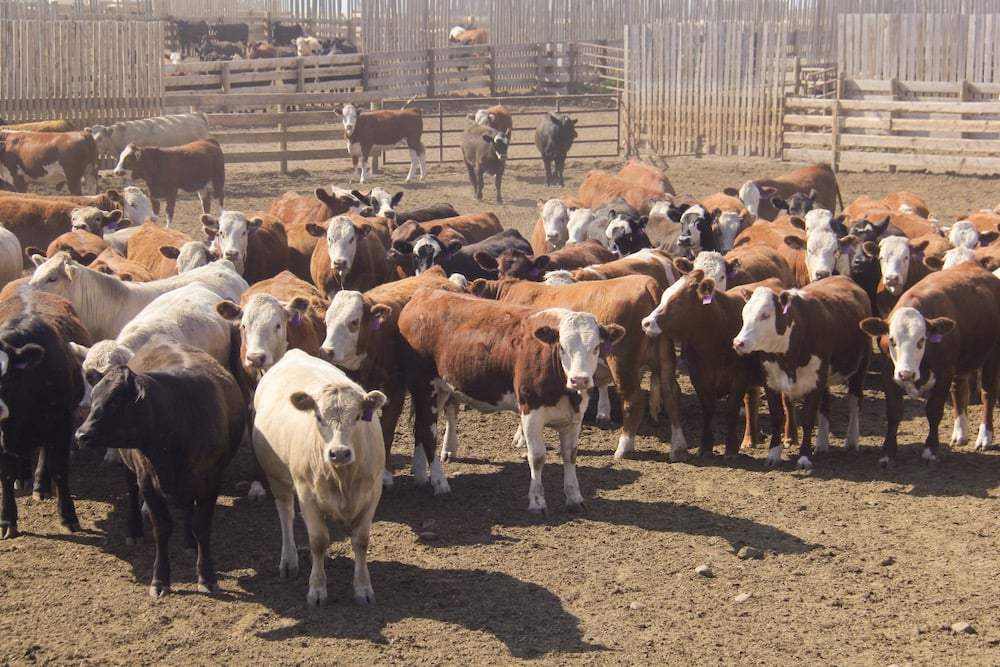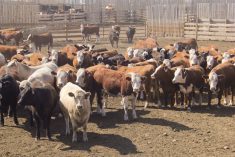Chicago | Reuters—CBOT soy, corn and wheat futures closed lower on Monday, anchored by ample grain supplies, slow export demand and a decline in crude oil futures after concerns eased about Iran’s weekend drone attack on Israel, analysts said.
Crude oil futures fell on Monday as the risk of a broader conflict in the region lessened for now.
Traders “bought the rumor and sold the fact,” said Mike Zuzolo, president of Global Commodity Analytics, noting that corn, soybeans and wheat rallied on Friday before Monday’s sell-off. Corn and soybeans sometimes follow trends in crude oil given their respective roles as feedstocks for ethanol and biodiesel fuel.
Read Also

U.S. livestock: Feeder cattle rise to new highs on tight supply, strong cash prices
Chicago | Reuters – Chicago Mercantile Exchange feeder cattle futures rallied on Thursday to a record high on strong cash…
On the Chicago Board of Trade, May soybeans SK24 settled down 15-3/4 cents at $11.58-1/4 per bushel. CBOT May corn CK24 ended down 4 cents at $4.31-1/2 a bushel and May wheat WK24 fell 4-1/2 cents to finish at $5.51-3/4 a bushel.
A stronger dollar added to bearish sentiment in grains. The greenback reached its highest level since early November against a basket of currencies after U.S. retail sales increased more than expected in March.
After the close of the CBOT, the U.S. Department of Agriculture rated 55 per cent of the U.S. winter wheat crop in good to excellent condition, down a percentage point from last week but still the highest for this time of year since 2020.
“Fifty-five percent good to excellent is considered pretty historically good, condition-wise,” said Randy Place, analyst with the Hightower Report.
The USDA said the U.S. corn crop was six per cent planted, ahead of the five-year average of five per cent but behind an average of trade expectations for seven per cent. In its first estimate of U.S. soybean planting progress for 2024, the USDA said the oilseed crop was three per cent seeded, ahead of the five-year average of one per cent.
Russian and Ukrainian grain exports continue to escape major attacks, but Reuters learned that Russia and Ukraine reached a deal in March to ensure the safety of shipping in the Black Sea. The deal was scuttled, however, when Ukraine pulled out before it could be announced.
—Additional reporting for Reuters by Michael Hogan in Hamburg and Peter Hobson in Canberra
















